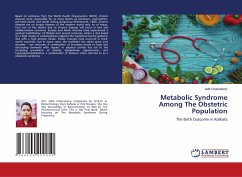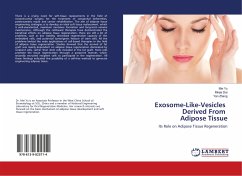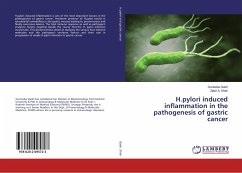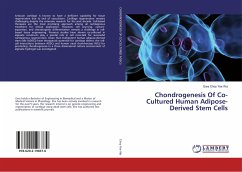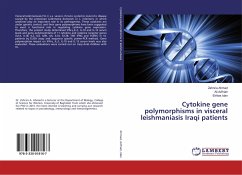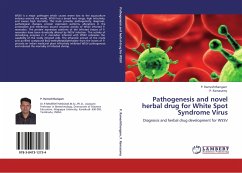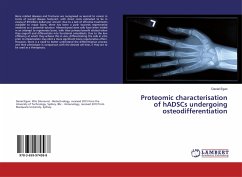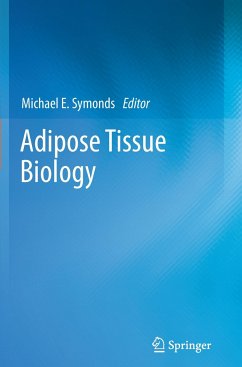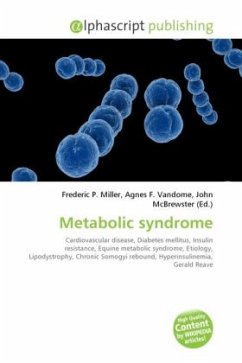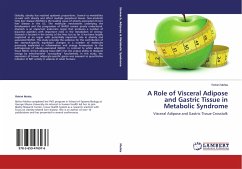
A Role of Visceral Adipose and Gastric Tissue in Metabolic Syndrome
Visceral Adipose and Gastric Tissue Crosstalk
Versandkostenfrei!
Versandfertig in 6-10 Tagen
55,99 €
inkl. MwSt.

PAYBACK Punkte
28 °P sammeln!
Globally, obesity has reached epidemic proportions. Several co-morbidities co-exist with obesity and affect multiple peripheral tissues. Non-alcoholic fatty liver disease (NAFLD) is the leading cause of obesity associated chronic liver disease in the US. The molecular mechanisms underlying the development and the progression of NAFLD remain poorly understood. Stomach is an important endocrine organ that produces a number of bioactive peptides with important roles in the metabolism of energy. Stomach is located in the vicinity of the liver, but so far it has been largely neglected as an organ w...
Globally, obesity has reached epidemic proportions. Several co-morbidities co-exist with obesity and affect multiple peripheral tissues. Non-alcoholic fatty liver disease (NAFLD) is the leading cause of obesity associated chronic liver disease in the US. The molecular mechanisms underlying the development and the progression of NAFLD remain poorly understood. Stomach is an important endocrine organ that produces a number of bioactive peptides with important roles in the metabolism of energy. Stomach is located in the vicinity of the liver, but so far it has been largely neglected as an organ with potentially important role in obesity and associated NAFLD. This study provides the evidence for the contribution of the stomach-specific expression changes in a number of molecules previously implicated in inflammation and energy homeostasis to the pathogenesis of obesity-associated NAFLD. In contrast to white adipose tissue (WAT), brown adipose tissue (BAT) has the unique ability to dissipate energy by mitochondrial "uncoupling" facultatively. In this study, the expression of brown adipocyte-specific genes was assessed as quantitative indicator of BAT activity in adipose of adult humans.



